With fees ranging from $95 a year to almost $900 a year, it's easy to get a little sticker shock when you look at the price of many credit cards these days. But for me, the calculus is clear: The return from my travel rewards credit cards is worth way more than what I pay in annual fees every year. It's as simple as that.
Just the term “fees” used to strike fear into me when I was a points and miles novice, but I've come to realize that those fees are just investments in your future travel. And if you maximize your card's benefits, you are going to come out ahead … sometimes way ahead.
For example, right now, my credit cards with annual fees are paying for the following things in my life:
- A New York Times subscription
- An Uber One subscription, and up to $200 in Uber cash per year (including Uber Eats)
- Up to $300 in travel credit when booking through Capital One Travel
- A free checked bag (insured in case of loss or damage), including my ski bag, on any Delta or American flight
- Airport lounge access to thousands of lounges worldwide
- Elite status with Marriott, Hilton, Avis, Hertz, and National Car Rental
- Up to $50 back on any hotel booking (booked through Chase Travel℠)
- Up $600 in hotel credits for Amex Fine Hotels + Resorts® or the Hotel Collection
- Rental car insurance
- Free delivery on DoorDash via a complimentary DashPash membership
- Free delivery on groceries and more with Walmart+
- Up to a $200 airline incidental fee credit (I chose Delta)
- Up to $120 to cover the cost of Global Entry or TSA PreCheck®
- Up to $209 towards a CLEAR® Plus membership
- Up to $100 back at Saks Fifth Avenue
- A Delta Air Lines Companion Certificate
- Up to $75 back per quarter at Lululemon
- Up to $200 towards the Oura Ring I'm getting my wife for Christmas (We'll see if she reads my stories after all!)
And that list doesn't even account for the valuable points and miles I earn from welcome offers and ongoing spending, that I can then transfer and redeem for some really incredible travel – the most important perk of all!
All of this alone gives me more back in statement credits than I paid in annual fees this year. And that's before you add in the value in points of any welcome bonuses.
But here's the best part: It used to be hard to keep track of these head-spinning credits. Travelers, including us, have bemoaned the “coupon book-style” credits like the ones I listed above. No more: We created a free, new tool that can help you track all of your credits to make sure you're making your annual fees back. And you'll be surprised how easy that is to do with just the slightest effort and organization.
How to Organize Your Credits and Make Back Your Annual Fees
After creating a tracking tool for the credit-heavy Platinum Card® from American Express, we heard pleas for more help and expanded this tool to keep track of almost 20 of the top cards from American Express, Chase, and Capital One. We're confident this is the best, easiest-to-use tool to keep track of your credit card benefits and help you come out ahead. And yes, it's free!
Just enter your email and watch your inbox: We'll send you an email to get started shortly. We'll also put you on the list for our free weekly points and miles newsletter, The Extra Mile – if you're already a subscriber, just enter your email below.
These spreadsheets make it easy to get organized in one place. Start by selecting each card you've got and they'll automatically appear as tabs below. From there, click through to each card and start marking each credit or benefit you've used. It's really that simple.
There's no sensitive data, personal information, or account credentials necessary to use this tool – just download it and manually track whichever cards you want. Plus, there are a handful of neat features you won't find in other tools, including:
- You'll get a clear warning as each credit is approaching its expiration date! Unused credits will turn orange when they're set to expire within the next 30 days – or red when you've got just two weeks to put them to use before they disappear.
- The spreadsheet will automatically tally up the total value you've gotten as you mark each credit as used and turn green at the top once you've recouped your entire annual fee.
- You can even adjust the value of each credit if they're not worth the sticker price to you. For example, I don't value a CLEAR® Plus subscription on my Platinum Card at anywhere near the full $209 – I'll probably mark that closer to $100, maybe even less.
- Same goes for lounge access and free baggage benefits: You can customize these benefits based upon how much you value them (and how often you use them) to add to your card's running total.
Choose the easy path and organize all the value your credit cards hold with this easy tool.
If you're not a fan of spreadsheets (neither am I, these are easy to use for spreadsheet novices like myself), there's another cool way you can organize your credits that our co-founder Nick Serati discovered. He uses ChatGPT to organize all of his credits, and he loves that tool as well. He wrote all about how you can prompt your AI tool to do the same.
Sign-up Bonuses and Annual Fee Cards
When you're calculating the value of your annual fee credit card, it's important to remember that your card is most valuable in the first year thanks to a big sign-up bonus.
Ultimately, any credit card sign-up offer worth anything is going to come from a card with an annual fee. Most travelers will look at the offer and only see the cost associated with the card's annual fee.
I got over that by understanding how much 60,000 Chase Ultimate Rewards points or 100,000 American Express Membership Rewards are really worth.
Maybe the best example of this is the *venture x*, which is a staple in my wallet. It comes with a $395 annual fee that is nothing to scoff at. But that card also comes with an annual $300 Capital One Travel credit, effectively knocking that fee down to just $95 per year … so long as you remember to use it.
Then, beginning in year two, you'll get a 10,000-mile anniversary bonus every year you renew your card. Considering those miles are worth at least $100 towards travel, it's almost like Capital One is paying me to keep this one in my wallet.
Plus, new cardmembers can get a 75,000-mile bonus after spending $4,000 in the first three months – meaning even without the anniversary miles in year one, you're already coming out way ahead on your annual fee.
Then, if you tack on a few visits to a Capital One Lounge every year or a few Priority Pass lounge visits – depending on what those are worth to you – you're cracking that $395 annual fee threshold twice over in some cases. And that's before you take into account the Hertz President's Circle status and the many other benefits you get from the card.
Travel Expenses
If you're just looking at travel costs and annual fees, it's clear you can come out ahead with these cards, and that's not taking into account all of the sweeteners that annual fees on premium credit cards can offer.
Remember that big list of all of the things that my annual fee cards pay for in my life, above? One of my favorite perks is airport lounge access.
While they might project a fancy or expensive vibe, airport lounges can be a cost-effective way to travel. Gone are $18 bland margaritas from airport bars, $5 bottles of water to take on the plane, and $20 burgers and a basket of soggy fries to sustain you on your travels. Once inside, airport lounges offer complimentary food and beverages, plus a more stylish and comfortable experience.
The value of airport lounge access depends on how often you fly and how thrifty you are as it relates to eating in transit, so it's hard to put a dollar amount on it, but for many travelers, the access is worth it.
See our list of the best credit cards for airport lounge access!
If you're looking for your annual fee card to cover other travel expenses for you, you're in luck. Several different cards cover the cost of Global Entry or TSA PreCheck® and the *amex platinum* covers up to $209 per year for CLEAR® Plus, too.
One aspect of annual fee cards that should not be overlooked is baggage fees. As a skier, I often find myself unable to travel without bags, so the cost of an annual fee card that covers baggage is well worth it for me.
The *delta skymiles gold card* comes with a $0 introductory annual fee for the first year, then $150 (see rates & fees). To check a bag with Delta, it costs $35 each way – so if I take three trips per year in which I have to check a bag, that would cost me $210. All SkyMiles Gold cardholders get one free bag on any flight. That means if I bring my skis or golf clubs with me on just three round-trips per year, the annual fee of the Delta Gold card is worth it.
Here's how my spreadsheet has calculated my 15 one-way flights with Delta this year, for instance.
That's $525 in value from a card that costs $150. Look, I'm not a math wiz … but that seems good, right?
And critically, you don't even have to pay for the flight to get the benefit. Since the card is tied to my SkyMiles account, I get the benefit automatically.
United and American Airlines both offer similar co-branded credit cards that give travelers one free bag on each flight, so no matter what airline you fly, you can recoup the cost of that annual fee in just a few trips!
The Sweeteners
Besides lounges, statement credits for other everyday spending items can chip away at that annual fee, too.
*amex platinum* has one of the highest annual fees of any premium card at $895 (see rates & fees). But it also offers an exhaustive list of perks. I added this card to my wallet after realizing how many expenses in my life it would cover, despite its hefty annual fee.
One of them is a digital entertainment credit. The card includes a statement credit of up to $25 per month for any of the following: Disney+, a Disney+ bundle, ESPN+, Hulu, The New York Times, Paramount+, Peacock, The Wall Street Journal, YouTube Premium, and YouTube TV. As a longtime subscriber to the New York Times news, cooking, and games, my subscription is completely paid for each month.
Use Uber to get around? The Platinum Card's up to $15-a-month (up to $35 in December) Uber cash benefit can be super helpful, too. Recently, I took a $16 Uber ride to the airport that cost me just $1 out of pocket. Cheaper than the bus!
Plus, the Uber cash can be used for any of Uber's products in the U.S., including Uber Eats food delivery or e-scooters in participating cities. And with a complimentary Uber One membership tacked on, you save on delivery fees and can get priority pick-ups – all for way less thanks to this card.
The Amex Platinum Card also offers things like Lululemon credits, Saks Fifth Avenue credits, a Walmart+ subscription, an Oura Ring credit, an Equinox gym credit and more!
Here's how I've done on those credits so far this year. (There's no Equinox gym in my area, otherwise I'd check that box in a heartbeat!)
Just on this screenshot alone, I've gotten $530 back from my Amex Platinum card – and that doesn't even include the more than $500 in hotel credits and much, much more. With the up to $100 a quarter in Resy dining credits, Global Entry or TSA Precheck credit, and much more, I'm already at $1,400-plus in value so far this year.
Bottom Line
Credit card annual fees can be scary! The things we're charging to our cards are expensive enough without seemingly having to pay for the card itself. But, if you do the math, get organized, and milk the value from these expensive pieces of plastic (or metal), these cards can put you way out ahead.
Get organized using our credit card tracking tools and get your money back – and then some.

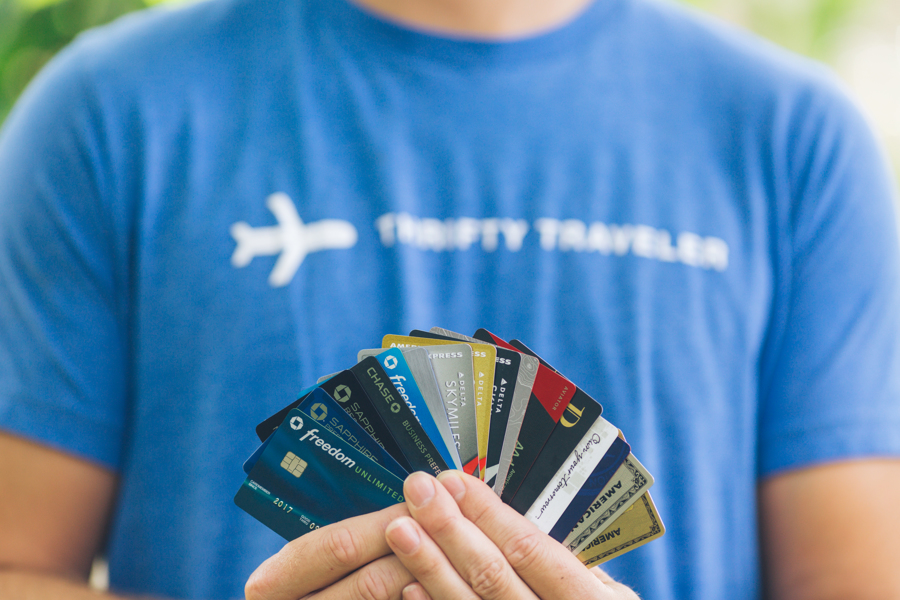


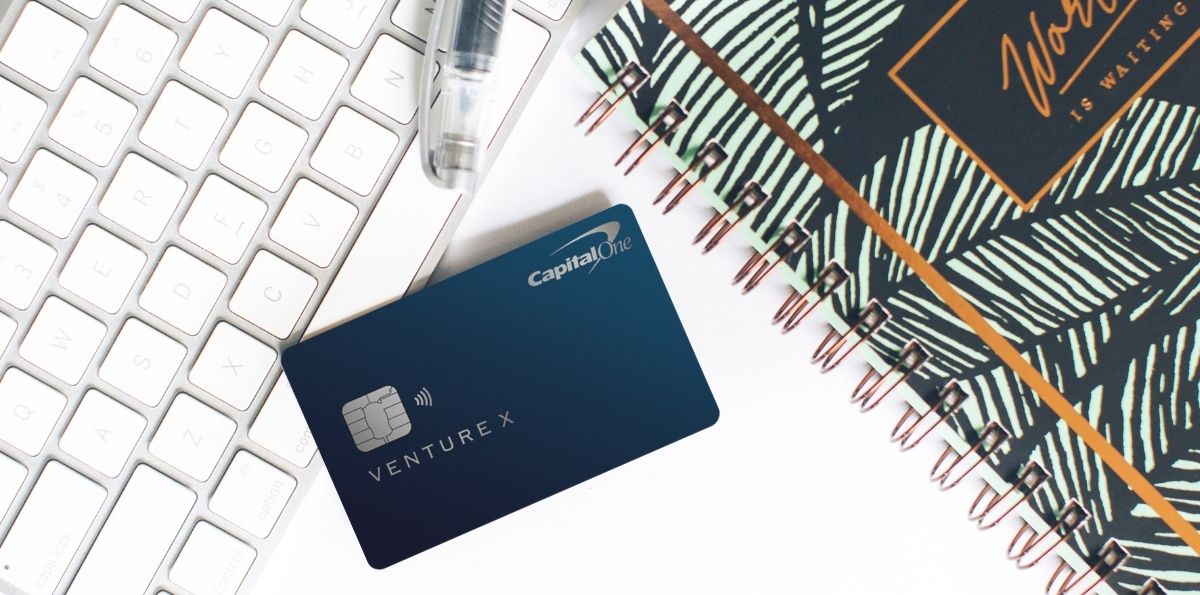


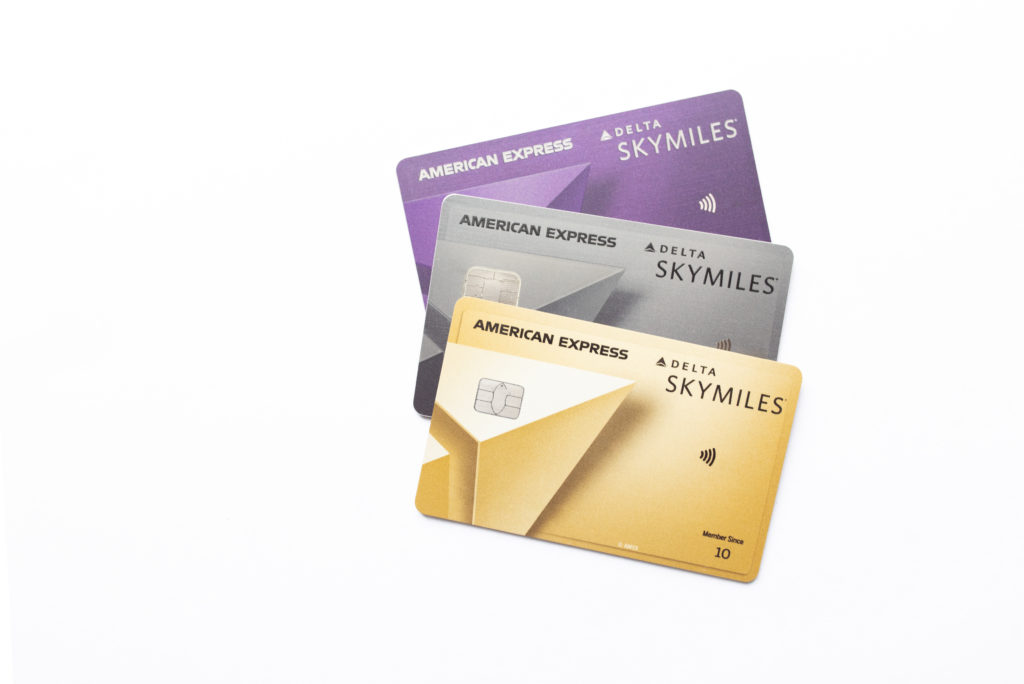
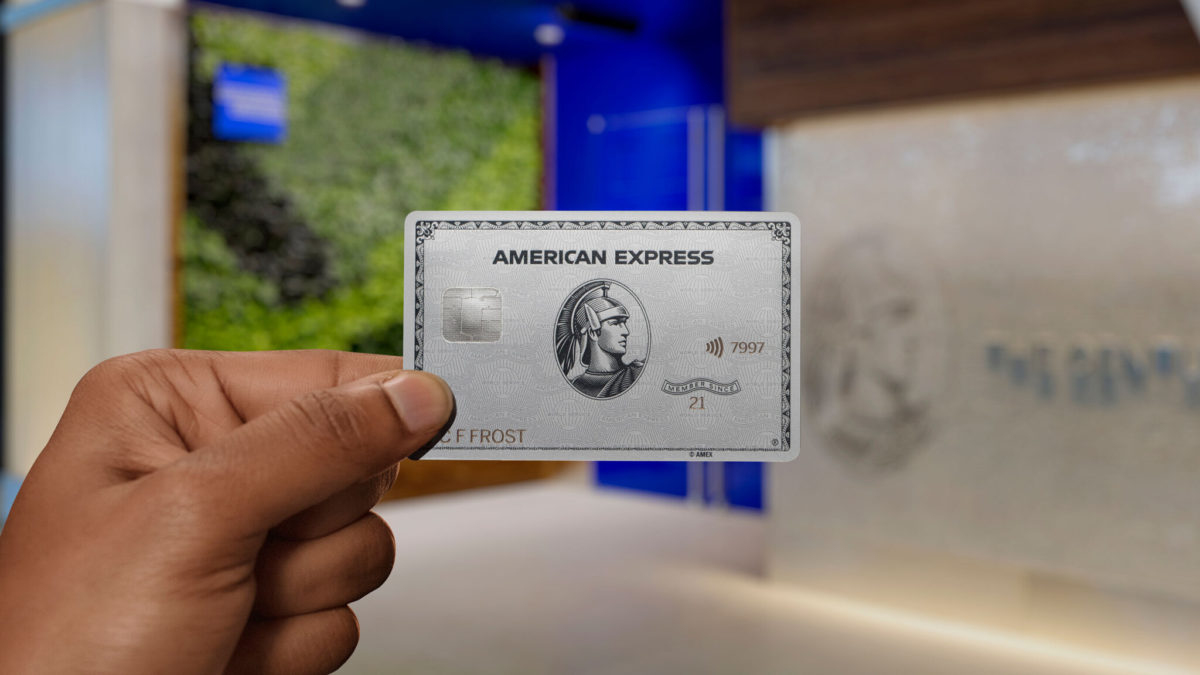
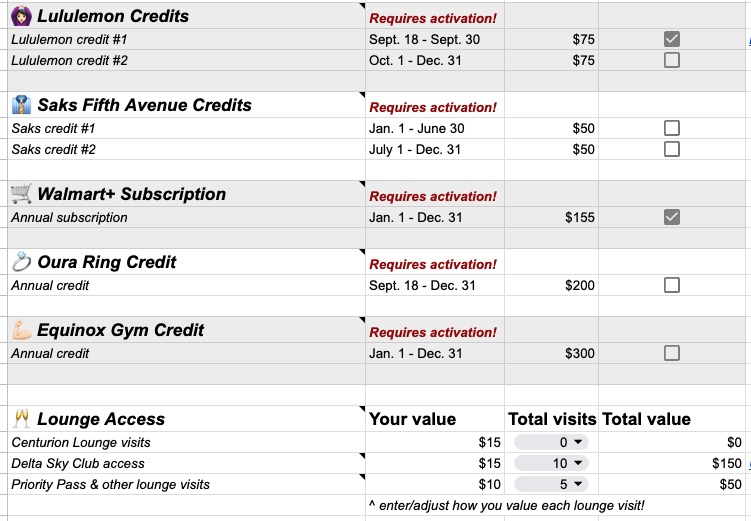
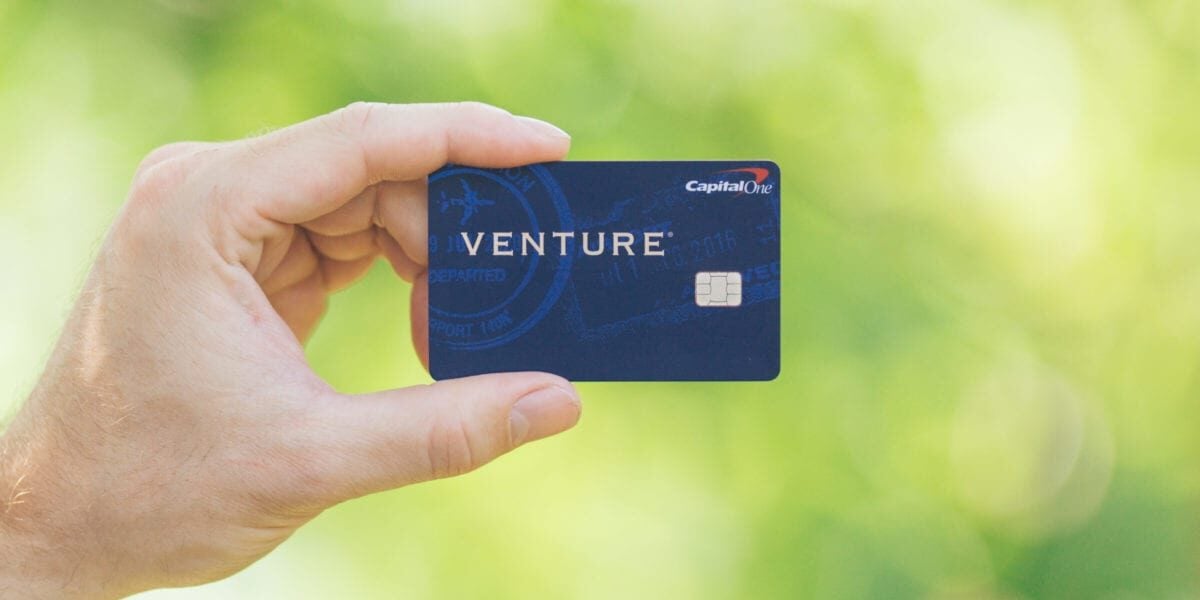
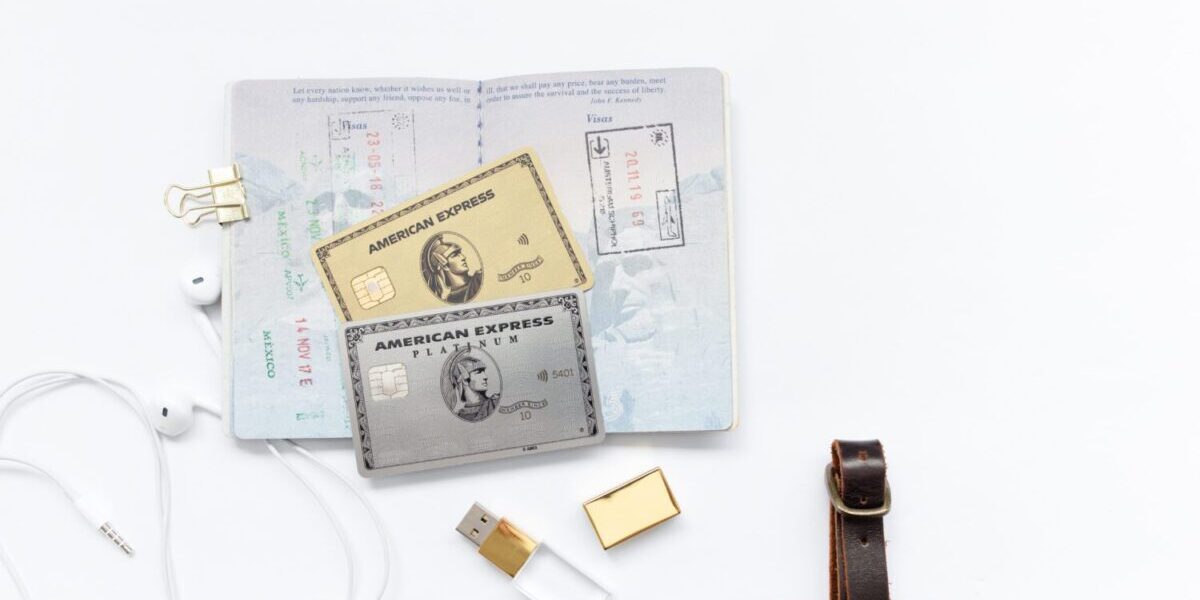
I usually travel once or twice a year so my CIP is my only fee card. Just closed my JetBlue Fee card. May look into another if my travel increases.